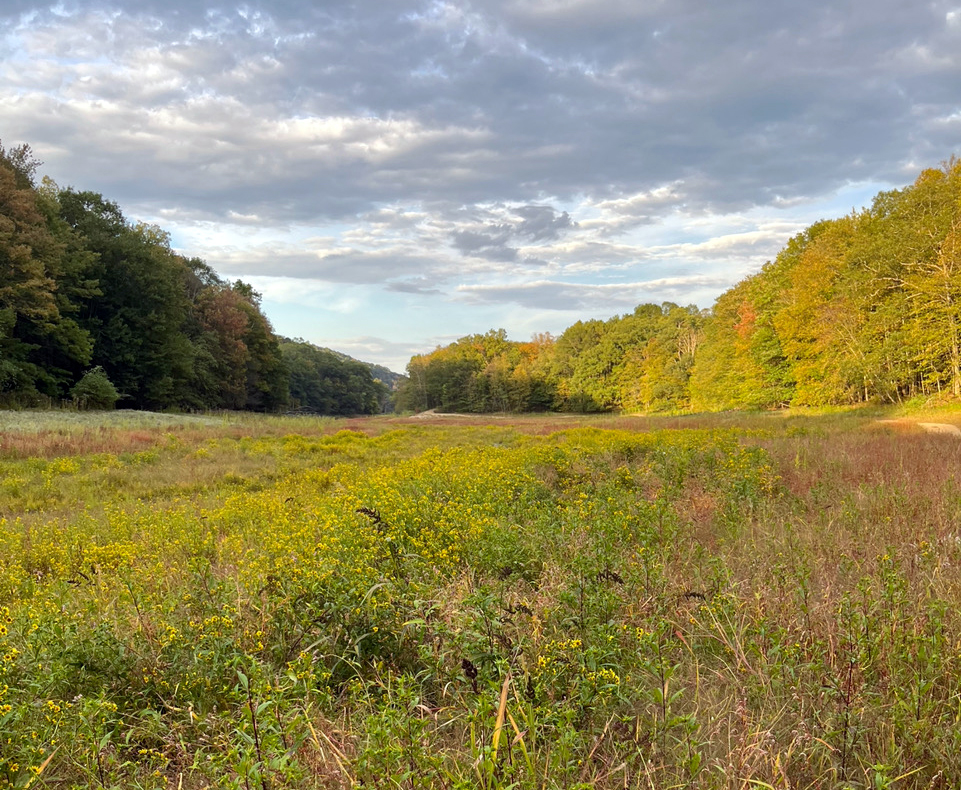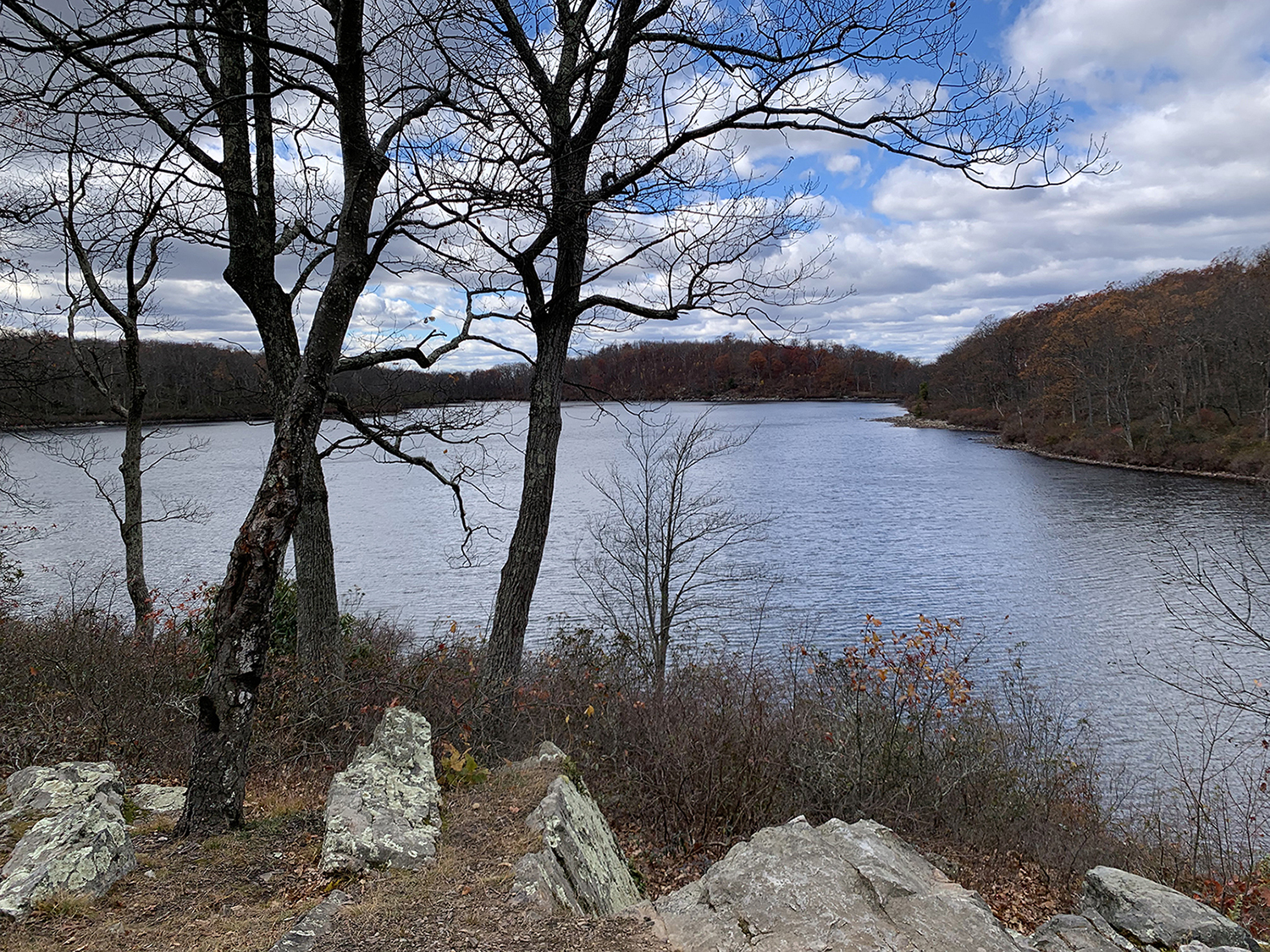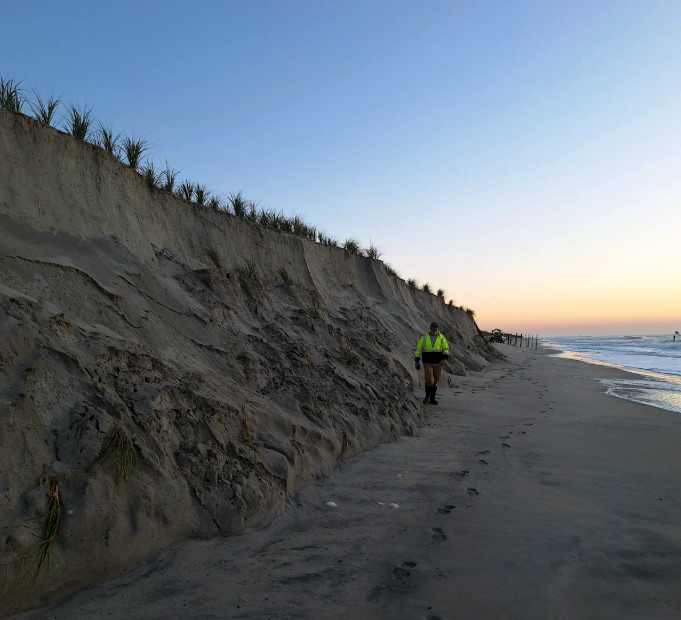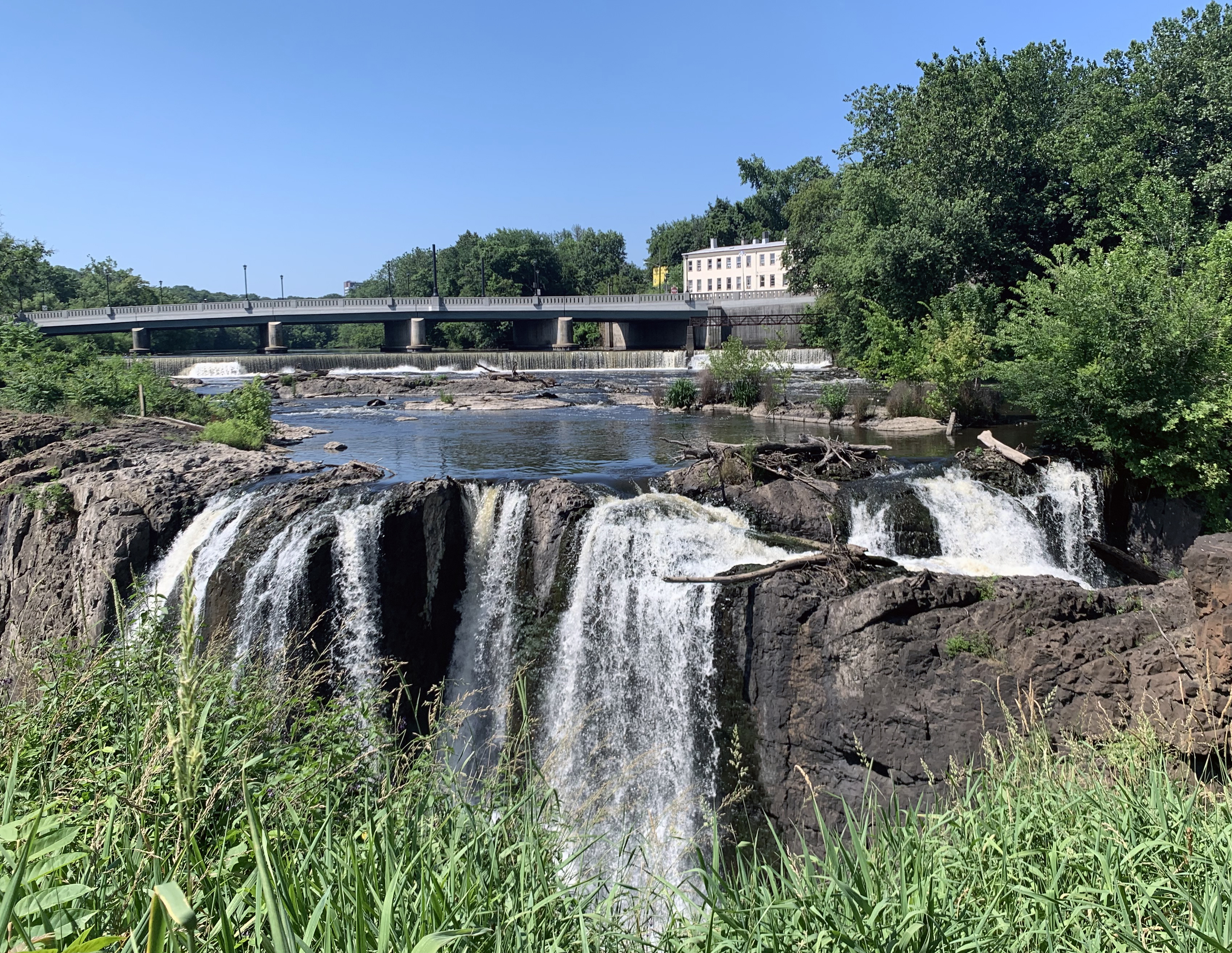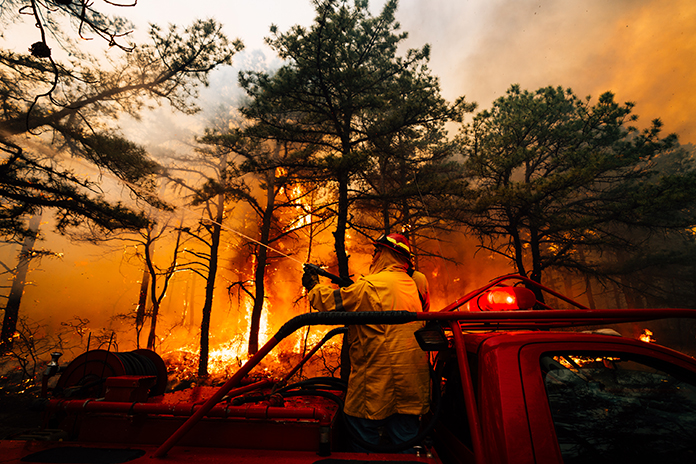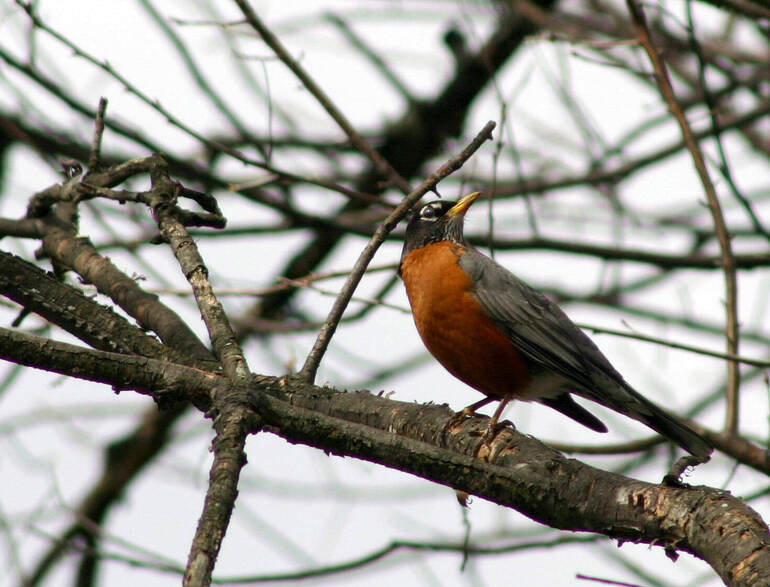Quickly Out of the Gate/Drought Persists: December/2025 Annual Report

The winter season of 2025/2026 took no time to display its wares this past month; it was quick out of the gate. Time will tell whether this was a sign of what lies ahead for the rest of the season. For now, enough cold, wind, and snow arrived this month to remind all that winter in NJ can be a force to be reckoned with.
Statewide, the average December temperature of 31.8° was 4.8° below the 1991–2020 normal and ranked as the 43rd coldest since records commenced in 1895. It was New Jersey’s coldest December since 2010 (ranked 29th) and third coldest since 2000 (ranked 18th). The average maximum of 40.5° was 4.5° below normal and ranked 49th coldest. The average minimum of 23.2° was 5.0° below normal and ranked 37th coldest. The northern climate division averaged 28.9° (-5.2°, 40th coldest), the southern division 33.5° (-4.6°, 46th coldest), and the coastal division 34.6° (-4.5°, 45th coldest).
Precipitation (rain and melted snow) amounted to a statewide average of 3.13”. This was 1.14” below normal and ranks as the 55th driest December. Totals were rather evenly distributed across the state. This was the 10th month of 2025 with below normal precipitation. The north averaged 2.86” (-1.39”, 42nd driest), south 3.31” (-0.97”, 58th driest), and coast 3.22” (-1.14”, 56th driest). On December 5th, the NJ Department of Environmental Protection (NJDEP) declared a transition from a statewide Drought Watch to a Drought Warning, indicative of the persistent precipitation deficits.


